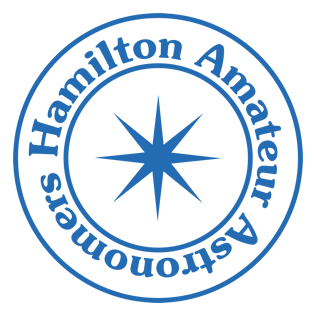From Michael Jefferson:
On January 19 and 20, LOFAR II SID detected 4 solar flares, respectively, in the C and M classes and a single M and C on February 06. The SID and GOES charts and event logs were on display on the back table of the February 12 general meeting. They were available for member inspection during the break and at the end of the meeting. If (as Bay Bloor Radio says in its sales ads) you missed it ? you missed it!
However, we are rapidly coming out of the deepest solar minimum in 100 years. Things should really start to get active from here on in. On the 13th , we had the biggest M-class flare since the new solar cyle began ~2 ½ years ago. WE MISSED IT %##$@!! because NAA (our 24 kHz transmitter) was down for a maintenance all day on Saturday. But, the best is yet to come. We will, of course, stay tuned!! There will be aurorae, radio blackouts, satellite ‘bakeouts’ and power failures, due to Sol, in the coming times. Be prepared!
Stanford Solar Physics says we have some of the cleanest data they have ever seen and have asked us to beta-test the new SuperSID receiver. In our possession, we have a ‘spare’ industrial IBM e-server to which the SuperSID will be connected. This apparatus will be BNC-T-connected to the LOFAR II radio antenna so that the antenna will feed both the SID and SuperSID receivers. This means we will run two radio-telescopes, the older doing narrow-band reception and the newer doing wideband. Chris Kubiak has agreed to help with the programming and setup, and The Computer Trade-In Post will help with hardware additions and installations.
The Society of Amateur Radio Astronomy (which has helped Stanford develop SuperSID) has asked us to become a member ($20.00/annum) of it, and Stanford is 100% behind this. I think HAA should do all of this. With or without HAA, I will go ahead with this project, myself, because it is very worthwhile and it gives us further international status. But, I would prefer to have the club in this as well as in the present apparatus setup. I trust that this will have full membership support ? it will not cost HAA one cent beyond the membership fee! I will be asking Council for full HAA-support for this endeavour at the council meeting on February 22.
The beauty of this equipment is that the results are so immediate, often not more than 8 minutes distant. On February 14, we apparently caught a coronal mass ejection as its progenitor sunspot (#1045) was disappearing over the solar horizon in a display of the Wilson Effect. The Stanford charts show us as the only station to capture this phenomenon.
-Mike Jefferson
